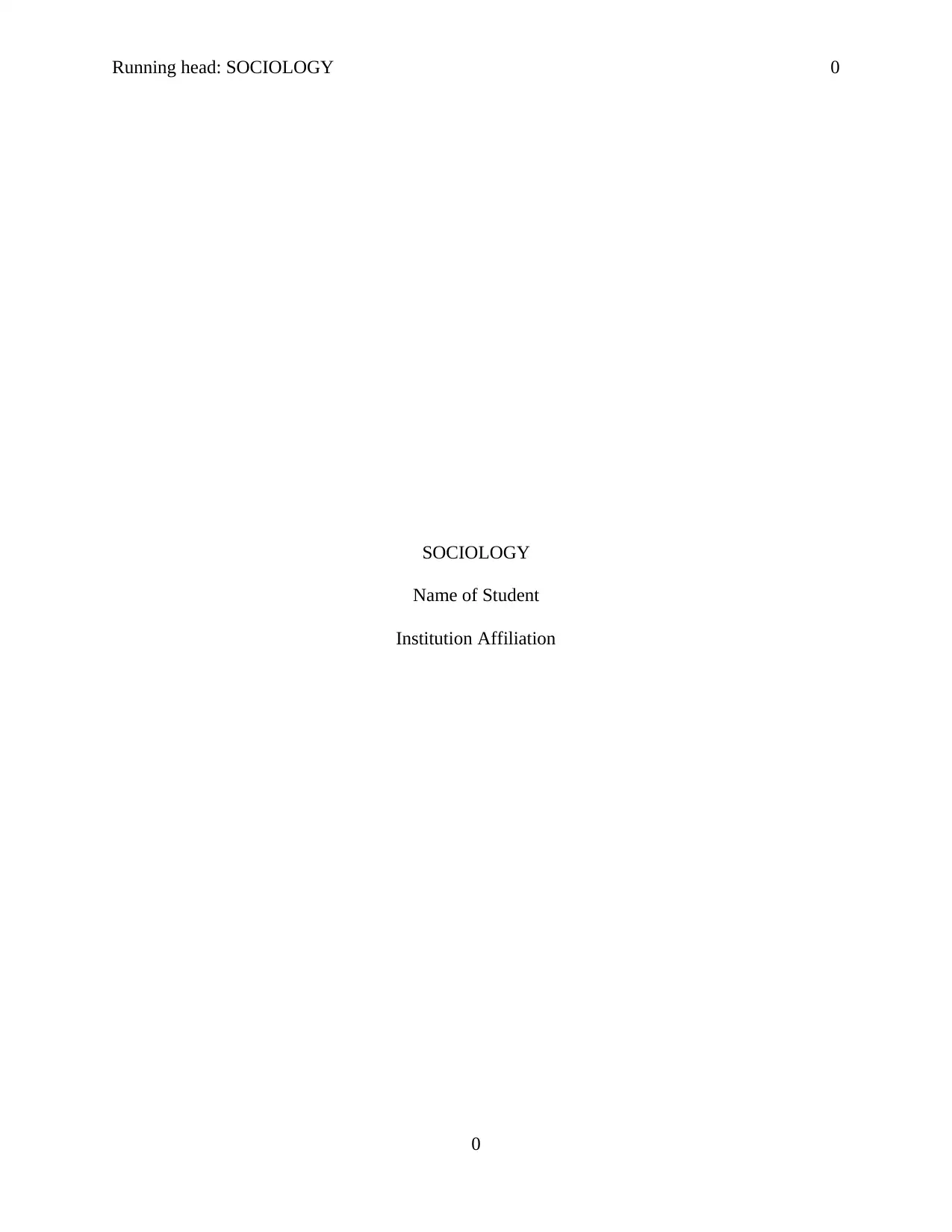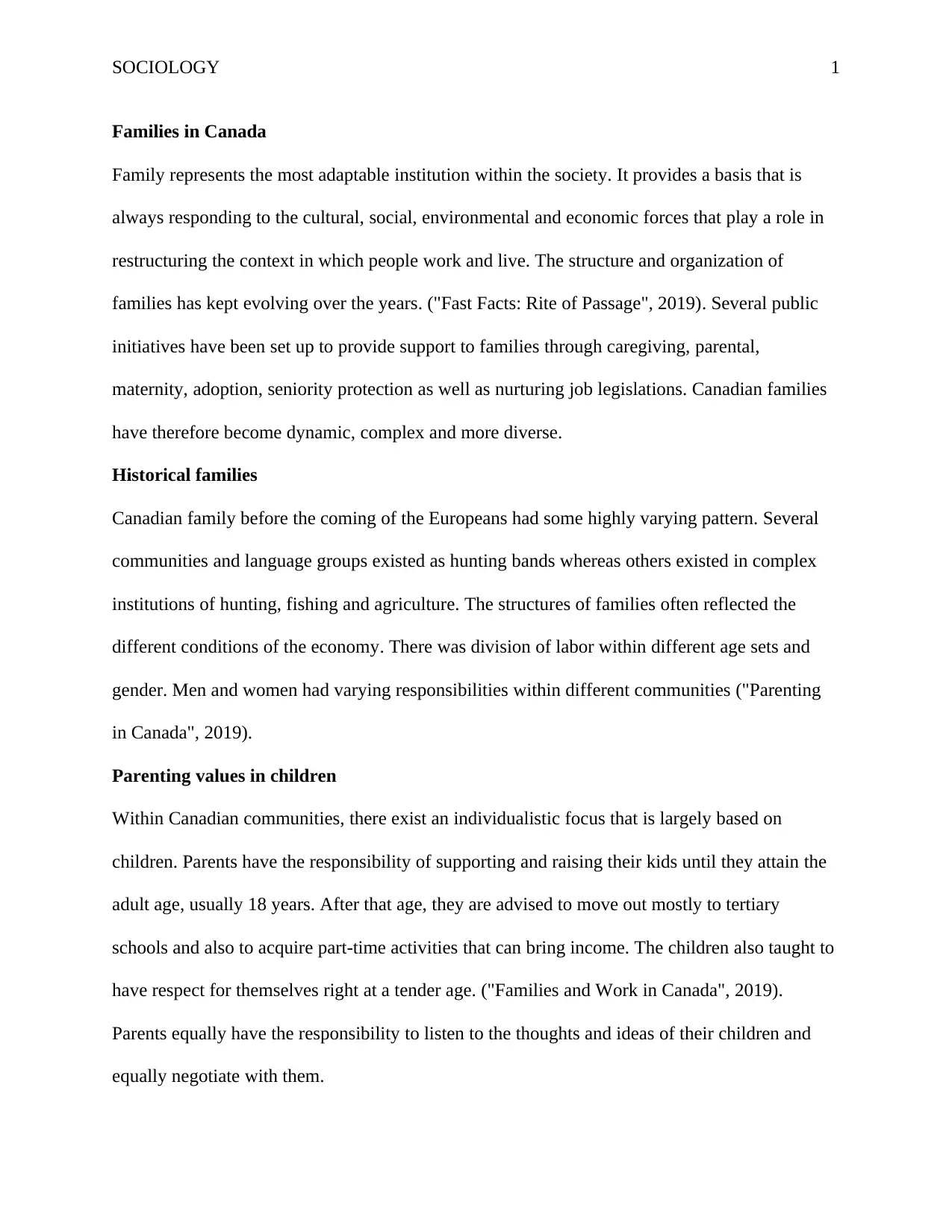Exploring Canadian Families: Sociology, History, and Rites of Passage
VerifiedAdded on 2023/03/29
|5
|771
|183
Essay
AI Summary
This essay explores the dynamic and diverse nature of Canadian families within a sociological context, examining their historical evolution, parenting values, and the significance of rites of passage. It highlights the adaptability of families in response to cultural, social, environmental, and economic forces, emphasizing the role of public initiatives in supporting families through various legislations. The essay discusses the historical patterns of Canadian families before European contact, the individualistic focus on children within Canadian communities, and the importance of education as a rite of passage. Furthermore, it touches on children's participation in household labor, the nature of parent-child relationships, and the average family size in Canada, providing a comprehensive overview of the key factors shaping family life in the country. Desklib provides access to this essay and many other resources for students.
1 out of 5












![[object Object]](/_next/static/media/star-bottom.7253800d.svg)